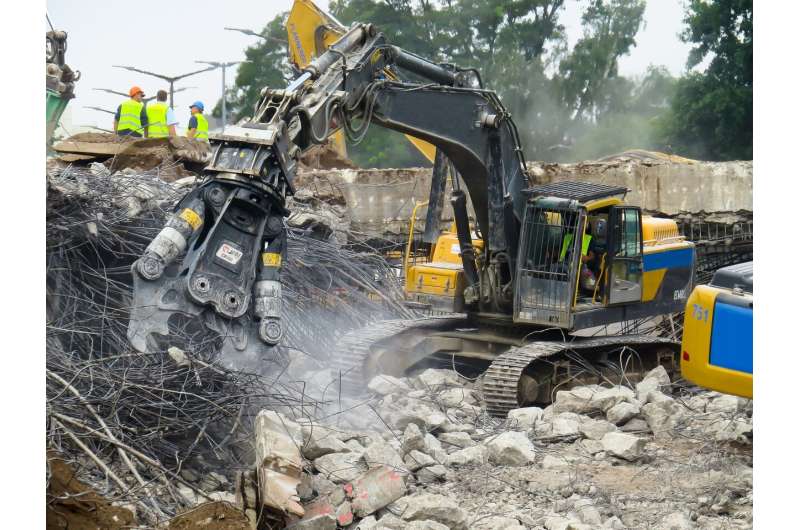Why are there so many earthquakes in the Caribbean? Two tectonic plates go to war

The casual observer could be forgiven for thinking the Caribbean is shaking itself apart.
Tuesday's massive 7.7 magnitude earthquake just south of Cuba and north of Jamaica comes on the heels of the 6.4 magnitude quake that hit Puerto Rico and the U.S. Virgin Islands earlier this month.
And while it's tempting to see the quakes as part of an interconnected swarm, that's not necessarily the case, experts said.
"There is no correlation between them," said Julie Dutton, a geophysicist with the U.S. Geological Survey. "The Caribbean has plates moving in different directions that contribute to it being highly seismic. ... But Puerto Rico is pretty far away from this earthquake and we don't consider the two related."
Tuesday's earthquake was felt as far away as the Panhandle in Florida, and the governments of Cuba, Jamaica and the Bahamas were all, briefly, on high alert for potential tsunamis. But, as of Tuesday evening, there were few reports of physical damage.
The tremor was sparked by the North American and Caribbean tectonic plates grinding against each other at a place called the "Oriente Fault." These so-called "strike-slip faults" are characterized by near vertical fractures and horizontal movements in the earth. At the Oriente Fault, which runs just south of Cuba, the North American plate moves west-southwest over the Caribbean plate at a rate of about 19 millimeters per year, the USGS said.
Not surprisingly, it's known for being seismically active.
Five other earthquakes of magnitude 6 or larger have occurred within 250 miles of Tuesday's quake. The next two largest were a magnitude 6.8 in December of 2004, and a 6.2 in May of 1992. In addition, Haiti was hit by a magnitude 7 earthquake in 2010 that killed more than 300,000 people.
Because the earthquakes happened off land, far away from population centers, there was no known damage or fatalities.
"The North American and Caribbean plates where (Tuesday's) earthquake occurred—that's the main plate boundary in the region," Dutton said. But there are definitely thousands of other faults and even some that don't even map."
Puerto Rico, for its part, has been rocked by a series of earthquakes that began on Dec. 28 and peaked on Jan. 7 with a magnitude 6.4 main shock. The U.S. territory is literally being squeezed between the two major plates, and its cluster of earthquakes has been concentrated in the south, where the Caribbean plate slips beneath the island at a spot ominously called "Muertos Trough," the trough of the dead.
Since the Jan. 7 main shock, the island has been rattled by hundreds of aftershocks, including a significant magnitude 5 quake on Saturday. More than 4,600 people in Puerto Rico are still living outside, waiting for the Caribbean to quit rumbling.
©2020 Miami Herald
Distributed by Tribune Content Agency, LLC.




















